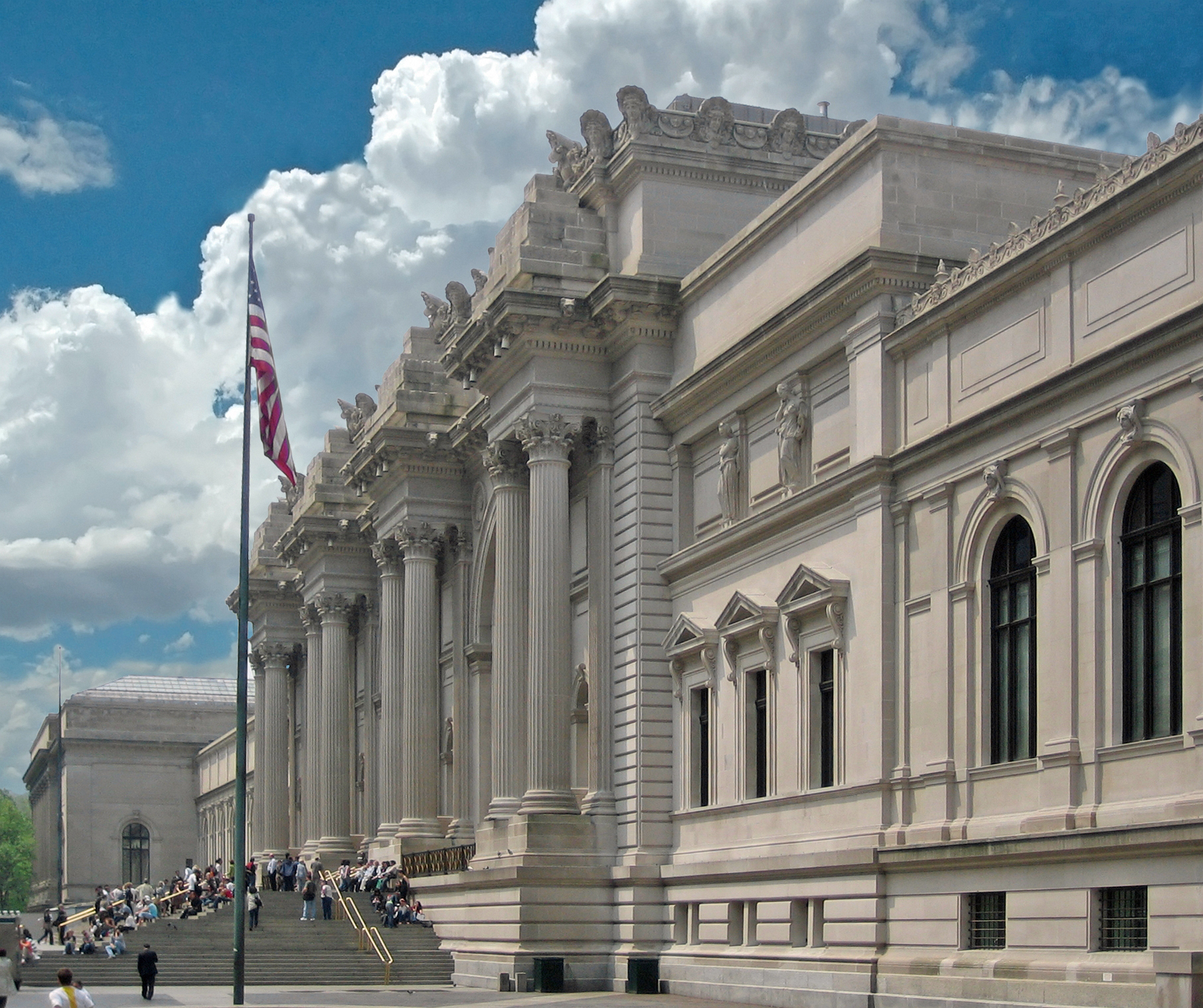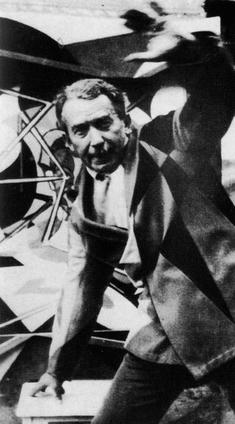Umberto Boccioni
There are no products to list.
Umberto Boccioni
Umberto Boccioni, Italian: 19 October 1882 – 17 August 1916) was an influential Italian painter and sculptor. He helped shape the revolutionary aesthetic of the Futurism movement as one of its principal figures. Despite his short life, his approach to the dynamism of form and the deconstruction of solid mass guided artists long after his death. His works are held by many public art museums, and in 1988 the Metropolitan Museum of Art in New York City organized a major retrospective of 100 pieces

Metropolitan Museum of Art in New York City
The little known about his years in Rome is found in the autobiography of his friend Gino Severini (1883–1966), who recalled their meeting in 1901 and mutual interest in Nietzsche, rebellion, life experiences and socialism. Boccioni's writings at this time already express the combination of outrage and irony that would become a lifelong characteristic. His critical and rebellious nature, and overall intellectual ability, would contribute substantially to the development of the Futurism movement. After building a foundation of skills, having studied the classics through Impressionism, both he and Severini became students of Giacomo Balla (1871–1958), a painter focusing on the modern Divisionist technique, painting with divided rather than mixed color and breaking the painted surface into a field of stippled dots and stripes. Severini wrote "It was a great stroke of luck for us to meet such a man, whose direction was decisive of all our careers."

Giacomo Balla (1871–1958)
In 1906, he briefly moved to Paris, where he studied Impressionist and Post-Impressionist styles, before visiting Russia for three months, getting a first-hand view of the civil unrest and governmental crackdowns. Returning to Italy in 1907, he briefly took drawing classes at the Accademia di Belle Arti of Venice. He had first visited the Famiglia Artistica, a society for artists in Milan, in 1901.
As he travelled from one city to the other, in parallel with his most ground-breaking artistic endeavours, he worked as a commercial illustrator. Between 1904 and 1909 he provided lithographs and gouache paintings to internationally renowned publishing houses, such as Berlin-based Stiefbold & Co. Boccioni’s production in this field shows his awareness of contemporary European illustration, such as the work of Cecil Aldin, Harry Eliott, Henri Cassiers and Albert Beerts, and attests to his information of contemporary trends in the visual arts more in general.
Boccioni moved to Milan in 1907. There, early in 1908, he met the Divisionist painter Gaetano Previati. In early 1910 he met Filippo Tommaso Marinetti, who had already published his Manifesto del Futurismo ("Manifesto of Futurism") in the previous year. On 11 February 1910 Boccioni, with Balla, Carlo Carrà, Luigi Russolo and Severini, signed the Manifesto dei pittori futuristi ("Manifesto of Futurist painters"), and on 8 March he read the manifesto at the Politeama Chiarella theatre in Turin.
Boccioni became the main theorist of the artistic movement. "Only when Boccioni, Balla, Severini and a few other Futurists traveled to Paris toward the end of 1911 and saw what Braque and Picasso had been doing did the movement begin to take real shape."He also decided to be a sculptor after he visited various studios in Paris, in 1912, including those of Georges Braque, Alexander Archipenko, Constantin Brâncuși, Raymond Duchamp-Villon, August Agero and, probably, Medardo Rosso. In 1912 he exhibited some paintings together with other Italian futurists at the Galerie Bernheim-Jeune, and the following year returned to show his sculptures at the Galerie La Boétie: all related to the elaboration of what Boccioni had seen in Paris, where he had visited the studios of Cubist sculptors, including those of Constantin Brâncuși, Raymond Duchamp-Villon and Alexander Archipenko to further his knowledge of avant-garde sculpture.
He exhibited in London, together with the group, in 1912
(Sackville Gallery) and 1914 (Doré Gallery): the two exhibitions made a deep
impression on a number of young English artists, in particular C.R.W. Nevinson,
who joined the movement. Others aligned themselves instead to its British equivalent,
Vorticism, led by Wyndham Lewis.
"Boccioni's gift was to bring a fresh eye to reality in
ways that, we now recognise, defined the nature of the modern movement in the
visual arts and literature, too."--Michael Glover (art critic, The
Independent)
Italian involvement in the First World War began late in May
1915 with Italy's declaration of war on Austro-Hungary. The "Lombard
Battalion Volunteers Cyclists and Motorists", which Boccioni was part of,
set off in early June from Milan to Gallarate, then on to Peschiera del Garda,
in the rear of the Trentino front. In July 1915, the volunteers were intended
for a sector of the front around Ala and the Gardesana. On 24 October 1915,
Boccioni participated in the battle of Dosso Casina. On 1 December 1915 the
battalion was dissolved as part of a general reorganization; the volunteers
were laid off temporarily, then each was called up along with the class. In May
1916 Boccioni was drafted into the Italian Army, and was assigned to an
artillery regiment at Sorte of Chievo, near Verona. On 16 August 1916, he was
thrown from his horse during a cavalry training exercise and was trampled. He
died the following day, age thirty-three, at Verona Military Hospital, and he
was buried in the Monumental Cemetery of that city.
Works
Early portraits and landscapes
From 1902 to 1910, Boccioni focused initially on drawings,
then sketched and painted portraits – with his mother as a frequent model. He
also painted landscapes – often including the arrival of industrialization,
trains and factories for example. During this period, he weaves between
Pointillism and Impressionism, and the influence of Giacomo Balla, and
Divisionism techniques are evident in early paintings (although later largely
abandoned). The Morning (1909) was noted for "the bold and youthful
violence of hues" and as "a daring exercise in luminosity." His
1909–10 Three Women, which portrays his mother and sister, and longtime lover
Ines at center, was cited as expressing great emotion – strength, melancholy
and love.
Development of Futurism
Boccioni worked for nearly a year on La città sale or The City Rises, 1910, a huge (2m by 3m) painting, which is considered his turning point into Futurism. "I attempted a great synthesis of labor, light and movement" he wrote to a friend. Upon its exhibition in Milan in May 1911, the painting attracted numerous reviews, mostly admiring. By 1912 it had become a headline painting for the exhibition traveling Europe, the introduction to Futurism. It was sold to the great pianist, Ferruccio Busoni for 4,000 lire that year, and today is frequently on prominent display at the Museum of Modern Art in New York, at the entrance to the paintings department.
La risata (1911, The Laugh) is considered Boccioni's first
truly Futurist work. He had fully parted with Divisionism, and now focused on
the sensations derived from his observation of modern life. Its public
reception was quite negative, compared unfavorably with Three Women, and it was
defaced by a visitor, running his fingers through the still fresh paint.
Subsequent criticism became more positive, with some considering the painting a
response to Cubism. It was purchased by Albert Borchardt, a German collector
who acquired 20 Futurist works exhibited in Berlin, including The Street Enters
the House (1911) which depicts a woman on a balcony overlooking a busy street.
Today the former also is owned by the Museum of Modern Art, and the latter by
the Sprengel Museum in Hanover.
Boccioni spent much of 1911 working on a trilogy of
paintings titled "Stati d'animo" ("States of Mind"), which
he said expressed departure and arrival at a railroad station – The Farewells,
Those Who Go, and Those Who Stay. All three paintings were originally purchased
by Marinetti, until Nelson Rockefeller acquired them from his widow and later
donated them to the Museum of Modern Art in New York.
Source : wiki


